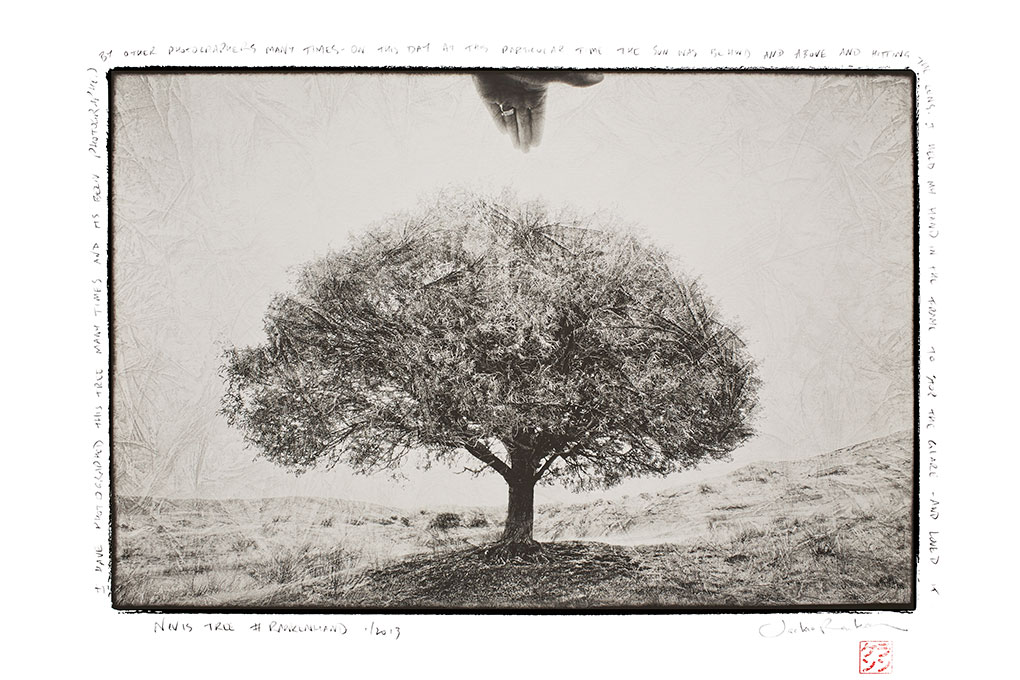Some of the images from this series have evolved out of the original Colour Kitchen Series Collection
/
1
2
3
4
5
6
7
8
9
10
11
12
13
14
15
16
·
·
·
·
·
·
·
·
·
·
·
·
·
·
·
·

















